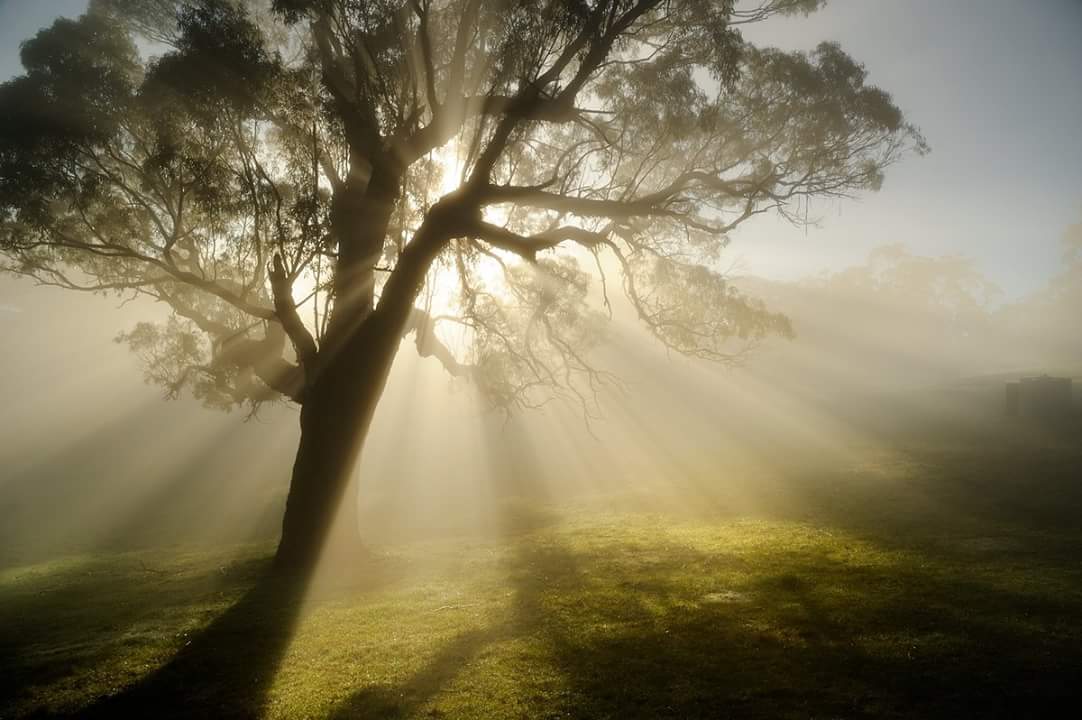Dasha Mahavidyas in Hindu scriptures are a group of deities represented as Devis. The Devis represent ten (Dasha) great paths of knowledge as well as cosmic powers that hold the entire creation. This is a derivative of the worship of the Divine Mother which has been an integral part of the Upanishads and the Vedas and further developed in the Puranas and Tantras. The worship of the Divine Mother and Devis can be fulfilled through three forms – Satvic, Rajasic, and Tamasic.
According to Upanishads, the formless, attributeless Brahman, with the help of Maaya, when assumes form, is called Saguna Brahman. So there are two forms of ultimate reality- absolute and relative. Though both appear to be different, they are indistinguishable – like fire and its burning power.
The idea of addressing and worshipping God as Mother finds its expression in Vedas and Upanishads and it was further developed in Puranas and Tantras.
The Dasha Mahavidyas are a group of deities represented as Devis. Their origin is narrated in Mahabhagavata Purana and the like, in the episode connected to Daksha Yagna wherein Devi Sati, the wife of Shiva and daughter of Daksha Prajapati, manifests as Dasha Mahavidyas or Ten Cosmic Powers. The conception of Mother worship flourished amongst Shakta followers. Shakta philosophy refers to, Shiva as pure supreme consciousness and his power of creation as Shakti. The divine mother can assume various forms to meet the spiritual needs of a devotee. The Tantra mentions Dasha Mahavidyas- the ten great paths of knowledge who hold the entire creation in their celestial grasp. All the ten great cosmic powers with their functions lead to self-realization.
- Kaali – Might, represents time. Shakti of Kaala or death
- Taara – Sound force, invoked for the acquisition of knowledge. She is the OM the sound syllable. Shakti of Akshobhya
- Tripurasundari – Beauty, and bliss. Iccha shakti. The desire which is the secret of creation and the root of manifestation
- Bhuvaneshwari – Vast vision. Jnana shakti. Representing the space concept in creation
- Tripurabhairavi – Effulgent charm, Kriya shakti. The force of Agni also called Durga.
- Chinnamasta – Striking force. Shakti of Indra.
- Dhumavati – Prominent inertness representing the primal state before creation and ultimate state after creation is withdrawn.
- Bagalamukhi – Paralysing power, blocks the flow of speech in an acrimonious debater
- Matangi – Expressive play, represents the word expressed as speech
- Kamalatmike – Concord, and harmony, represents consciousness in manifestation and creation’s beauty and bliss in expression.
Devi is Trigunatmike i.e bestowed with three Gunas namely Satvic, Rajasic, and Tamasic. Hence her worship is also based on the Gunas. In this documentary we have taken up only Satvic type of worship, incorporating Vedic and Upanishadic principles behind her worship.
Our South Indian music compositions dedicated to Devi have in its womb the essence of Veda and Upanishads, helping the performer and the listener reach his goal- the self-realization.
In this documentary we intend to cover only the Satvic type of worship, incorporating the principles of Vedas and Upanishads. In addition, the documentary will cover South Indian Music compositions dedicated to the Devi performed in their traditional form. The near 3-hour documentary will also contain information as well as pictures of various Shakti Pithas across India and an elaborate and simple commentary in Kannada and English explaining the philosophy so that the viewer can have a holistic view.
The goal of this documentary is to educate the community on the Satvic worship of Dasha Mahavidyas and intends to assist them to get closer to achieve their goal towards self-realization.
This three-hour documentary gives an overall view of Dasha Mahavidyas. Each Devi is described as referred in Tantra and Puranas whose principles are based on Vedas and Upanishads. This is comprised of Slokas, Yantras, Mantras, Karnatak Music compositions which co-relate to the principles of Dasha Maha Vidyas supported by Visuals of Shakti pithas and other Temples. The commentary is in the languages Kannada and English. Musicians, Vedic scholars, Commentators, Visual artists, and others would be participating in this Project.


Leave a Reply